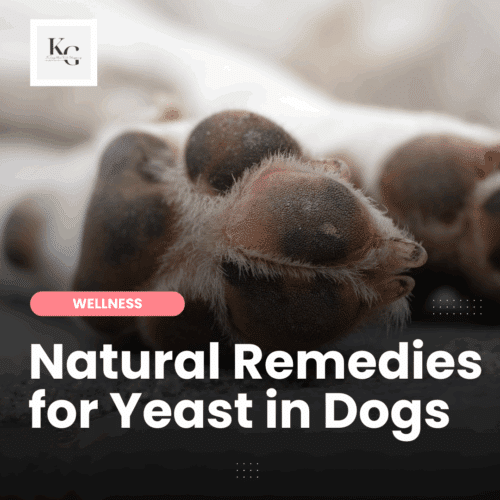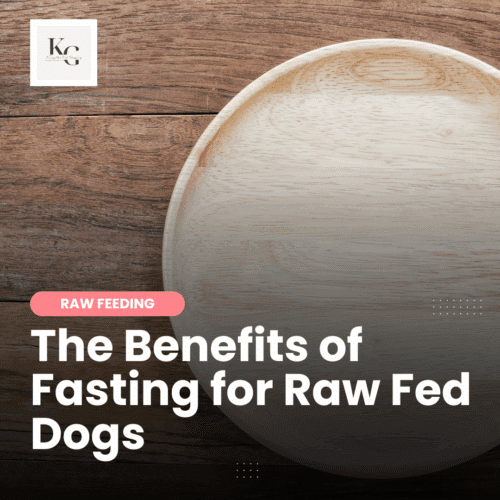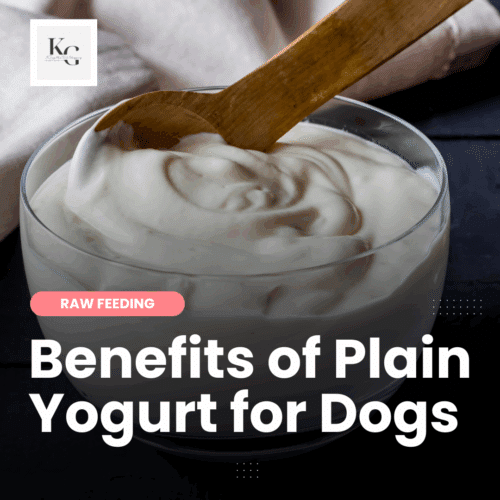Keep the Tail Wagging is supported by pet parents. I occasionally earn a commission (at no additional cost to you) when you click through an affiliate link to one of my favorite products. Thank you for your support. Read More
In recent years, Elk antlers have gained popularity as a natural chew option for dogs. Not only do they provide entertainment and promote dental health, but they also offer various nutritional benefits. However, dog owners need to be aware of both the advantages and potential risks associated with giving elk antlers to their dogs. In this article, we will explore the benefits and risks of elk antlers for dogs.
Benefits of Elk Antlers for Dogs
- Dental Health: One of the primary benefits of elk antlers is their ability to promote dental hygiene in dogs. Chewing on antlers can help scrape away plaque and tartar buildup, reducing the risk of dental diseases such as gum inflammation and tooth decay.
- Long-Lasting Chew: Elk antlers are renowned for their durability, offering a long-lasting chew experience for some dogs. It's believed that their tough texture and resistance to breaking make them suitable for aggressive chewers, keeping them engaged and entertained.
- Nutritional Value: Elk antlers contain essential nutrients such as calcium, phosphorus, and trace minerals, which contribute to overall canine health. These natural minerals can support bone density and muscle function, and contribute to a shiny coat.
- Mental Stimulation: Chewing on elk antlers can provide mental stimulation for dogs, helping to alleviate boredom and anxiety. This engagement can be particularly beneficial for dogs that spend significant periods alone or lack appropriate mental stimulation.
Risks and Precautions
- Fractured Teeth: Although elk antlers are durable, there is a risk of tooth damage if dogs chew too aggressively or use excessive force. Monitor your dog's chewing habits and inspect their teeth regularly to ensure no fractures or chips have occurred.
- Splintering: In rare cases, elk antlers can splinter, resulting in sharp fragments that may pose a choking hazard or cause internal injuries if swallowed. Always supervise your dog while they are chewing on antlers, especially during the initial introduction.
- Size Appropriateness: Choose the right-sized elk antler for your dog to prevent any blockages or discomfort. A too-small antler may pose a choking hazard, while an oversized one can be challenging for your dog to chew efficiently.
- Allergic Reactions: Some dogs may have sensitivities or allergies to elk antlers, resulting in gastrointestinal issues or skin irritations. Monitor your dog closely after introducing antlers and discontinue use if any adverse reactions occur.
Shopping for Quality Elk Antlers
When shopping for quality elk antlers for your dogs, there are a few key factors that dog owners should keep in mind. Here's what you need to know:
- Source and Quality: Look for elk antlers sourced from reputable and reliable suppliers. Ensure that the antlers are naturally shed rather than harvested from live animals. Naturally shed antlers are safer because they do not have the potential for hormone or antibiotic residues.
- Size and Appropriateness: Choose antlers that are appropriately sized for your dog. Larger breeds may be able to handle larger antlers, while smaller or more delicate dogs may need smaller ones. Avoid antlers that are too small or too large, as they may pose choking hazards or be too difficult to chew.
- Freshness and Condition: Inspect the antlers for freshness and condition. Fresh antlers should have no foul smell or signs of decay. Avoid antlers with cracks, sharp edges, or splintering. Opt for antlers that are intact and in good condition for your dog's safety.
- Consider Your Dog's Chewing Habits: Each dog has different chewing habits and preferences. If your dog is an aggressive chewer, look for denser antlers that will last longer. If your dog has delicate teeth or is a moderate chewer, choose antlers that are softer and easier to chew.
- Supervision and Monitoring: Always supervise your dog when they are chewing on antlers, especially during the initial introduction. Watch for any changes in chewing behavior or signs of distress. Regularly inspect the antlers for wear and tear, and replace them when they become small enough to pose a choking hazard.
- Allergies and Sensitivities: Some dogs may have allergies or sensitivities to certain types of antlers. If your dog has a history of allergies or digestive issues, go easy when introducing antlers. Monitor your dog closely for any adverse reactions, such as gastrointestinal distress or skin irritations.
- Variety and Rotation: To prevent boredom and maintain interest, offer a variety of chew toys, including elk antlers, to your dog. Rotate different toys to keep their engagement levels high and prevent them from becoming fixated on a single toy.
]Always prioritize your dog's safety and well-being when selecting and monitoring their chew toys.
Why I Don't Give My Dogs Elk Antlers
When naturally shedded antlers became all the rage, I was excited. Finally! Something my aggressive chewers won't destroy in seconds. Unfortunately, Rodrigo response to my enthusiasm was, “hold my drink.”
Rodrigo was able to bite through antlers quickly, making me worry about the risk of a broken tooth. He was also a dog that broke the antlers into sharp pieces that looked deadly. It didn't take long for me to realize that antlers weren't a good fit for my dogs.
While, elk antlers can offer numerous benefits to dogs, including promoting dental health, providing entertainment, and delivering essential nutrients, they aren't a good fit for all dogs. I always supervise my dogs during chew sessions. This allows me to quickly determine if a chew or raw bone is a good fit and take it away if there is a safety concern.
I do not recommend antlers for dogs because of my experience, but I understand this is a natural treat many dogs enjoy. Just not my dogs.







Thank you, Kimberly, for sharing your insights and helping pet owners prioritize their dogs’ safety and happiness. Your dedication to responsible pet care is truly commendable.